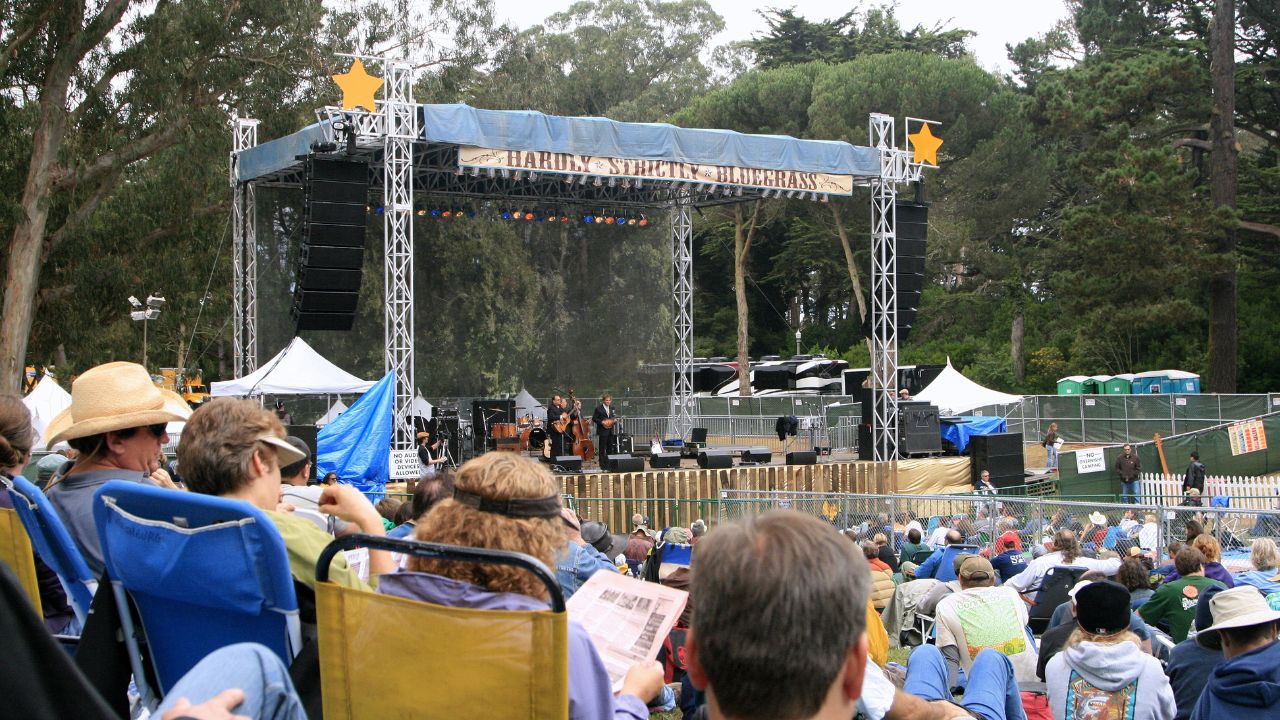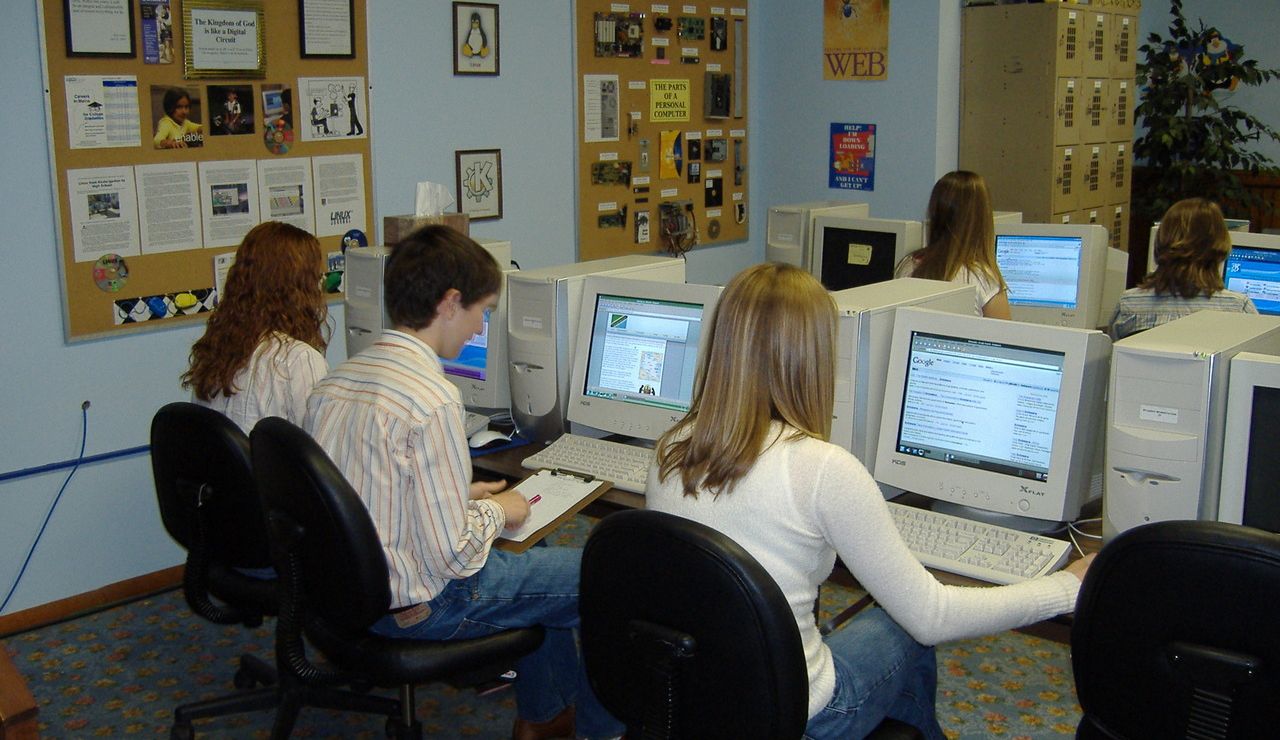Hardly Strictly Bluegrass began in 2001 as a free bluegrass festival in San Francisco’s Golden Gate Park. Over the years, it grew into one of the city’s most beloved music traditions. By offering top-notch performances with no ticket prices, it changed how people think about live music. More than just a festival, it shaped the culture of local concerts and helped open access to music for people of all ages and backgrounds.
1. Made High-Quality Music Free for All
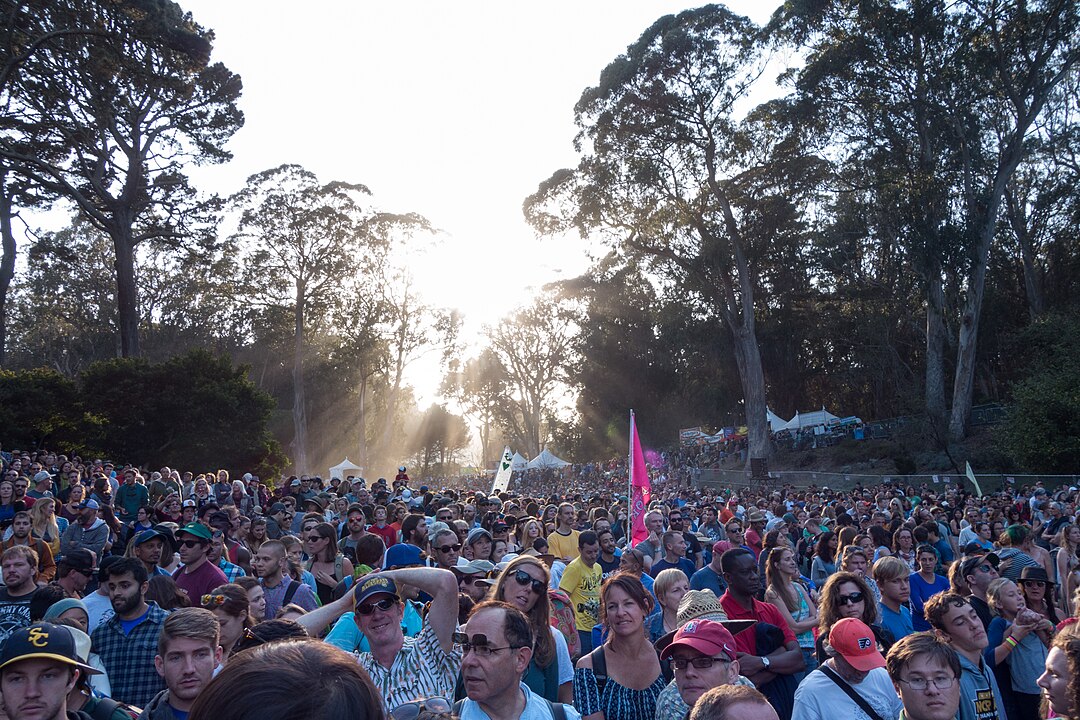
Billionaire Warren Hellman created Hardly Strictly Bluegrass with one condition: it had to remain free forever. That rule still holds true today. While most festivals charge hundreds for tickets, this one welcomes everyone. Big names like Emmylou Harris and Steve Earle have performed without charging fans. This free access allows people from all backgrounds to attend. It made San Francisco stand out for its open, community-centered approach to live performance.
2. Introduced New Audiences to Bluegrass
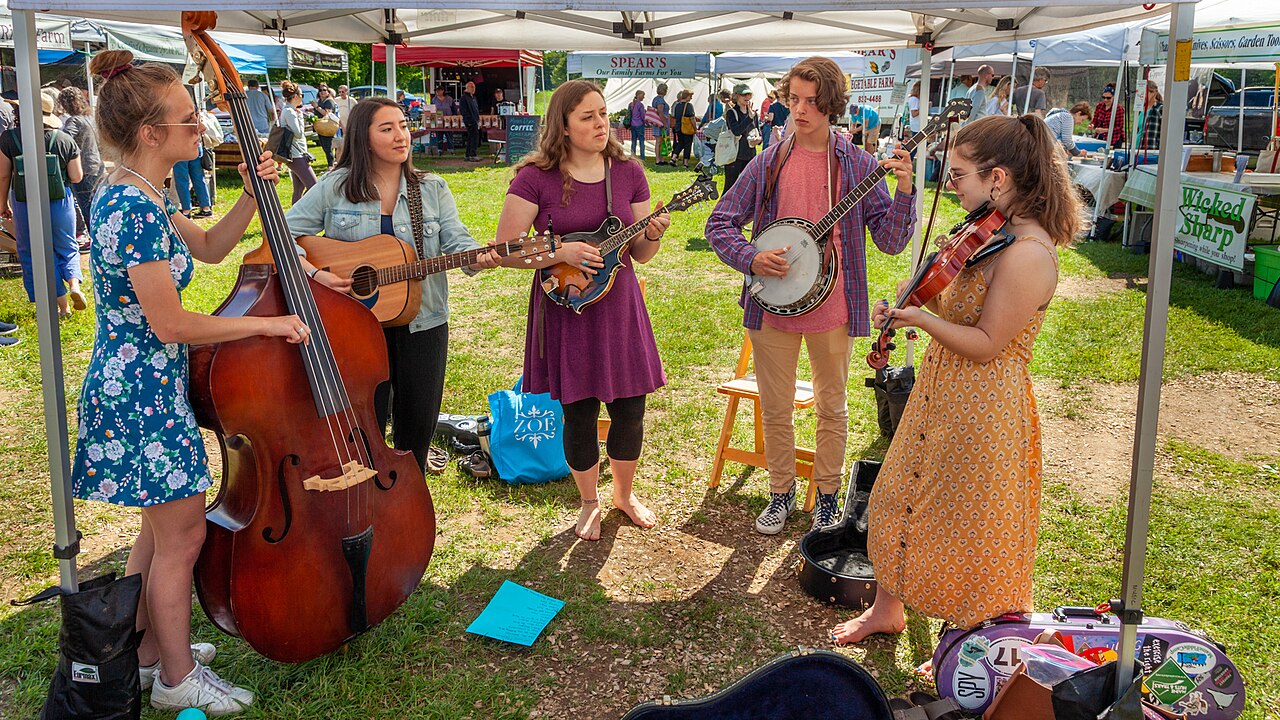
In cities like San Francisco, bluegrass wasn’t always a common genre to hear live. Hardly Strictly gave new life to this music style. People who had never listened to fiddle, banjo, or mandolin were suddenly surrounded by it each fall. Acts like Hazel Dickens and Ralph Stanley connected older traditions to modern listeners. For many teens and young adults, the festival was their first experience with authentic American roots music in a welcoming outdoor setting.
3. Opened Doors for Indie and Folk Artists
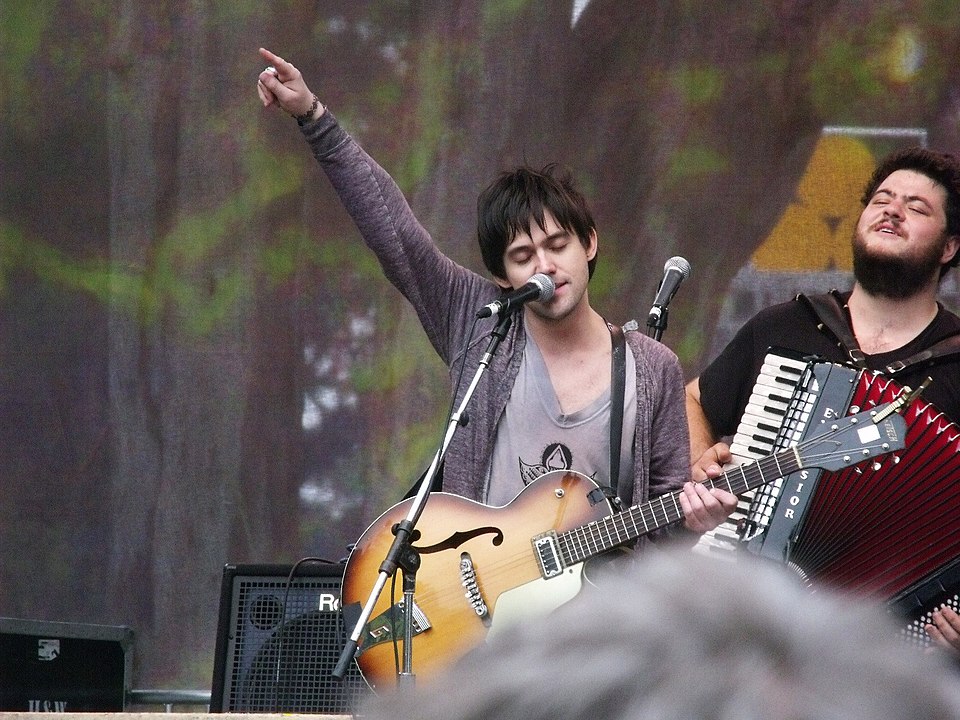
As the festival grew, it added more than just traditional bluegrass. Indie and folk artists like Conor Oberst, Iron & Wine, and Jenny Lewis brought fresh sounds to the crowd. These artists often shared the stage with bluegrass legends, creating a mix of old and new. It gave lesser-known performers a rare chance to reach massive audiences. This blend helped push the city’s music scene in a more creative and genre-blending direction.
4. Changed How the City Uses Public Spaces
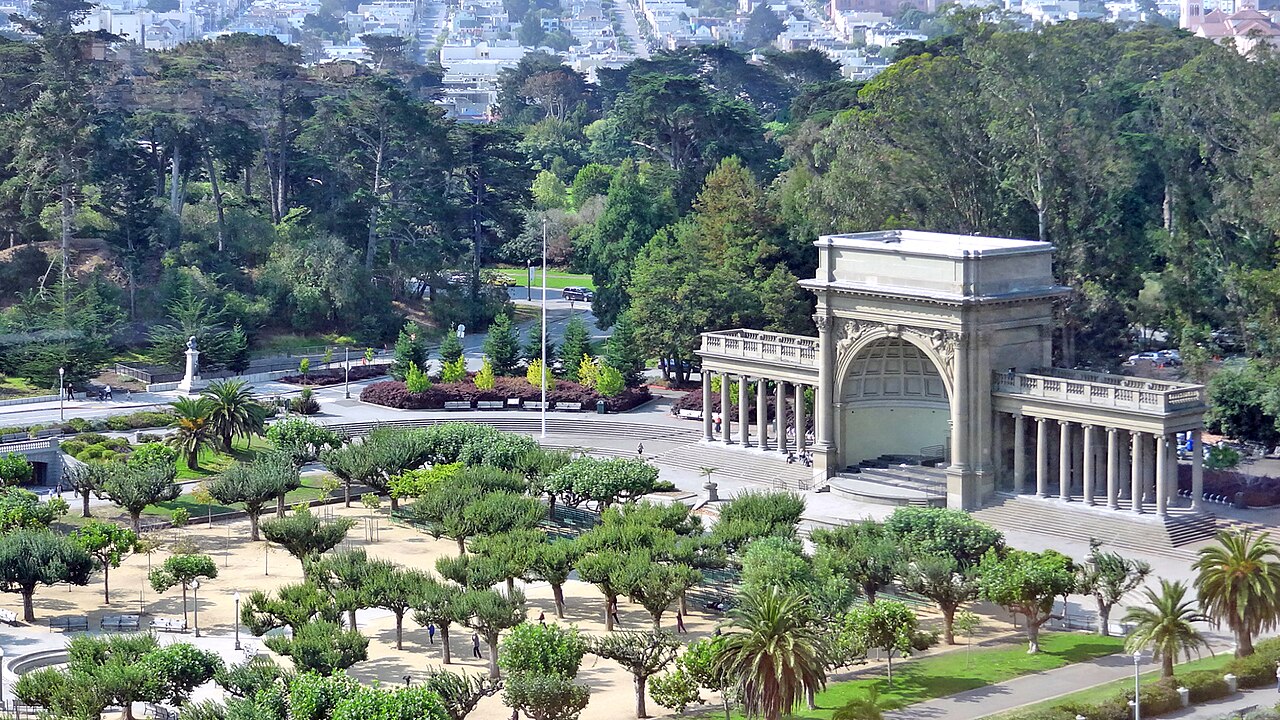
Golden Gate Park became more than just a place to walk your dog or ride a bike. Hardly Strictly turned it into a major music venue, without fences or tickets. Stages spread out over the meadows gave people room to gather safely. Since then, other events have followed this model, showing how city parks can support large public gatherings. It also reminded residents that green spaces can be used for culture, not just exercise and leisure.
5. Reinforced Community Over Profit
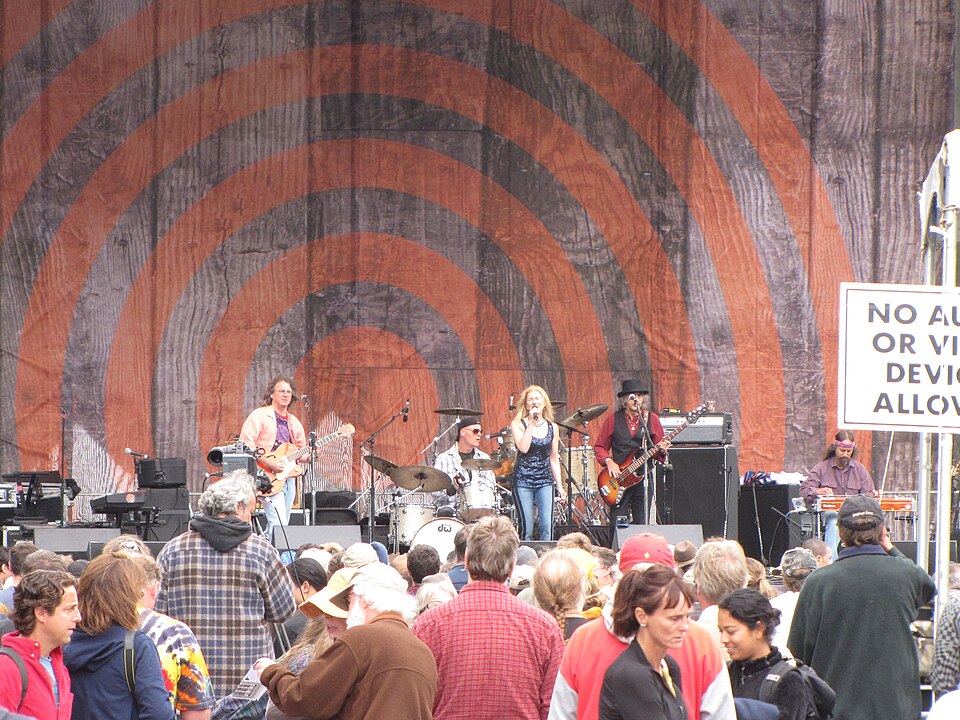
Unlike many festivals that rely on sponsors, merchandise booths, or VIP tickets, Hardly Strictly has none of that. You won’t see corporate banners or hear brand promotions. The focus stays on the music. This nonprofit model made the event feel more personal and less commercial. It showed that you don’t need to sell access to create a memorable experience. Musicians often say it’s one of the only events where the music truly comes first.
6. Supported Local Musicians and Causes
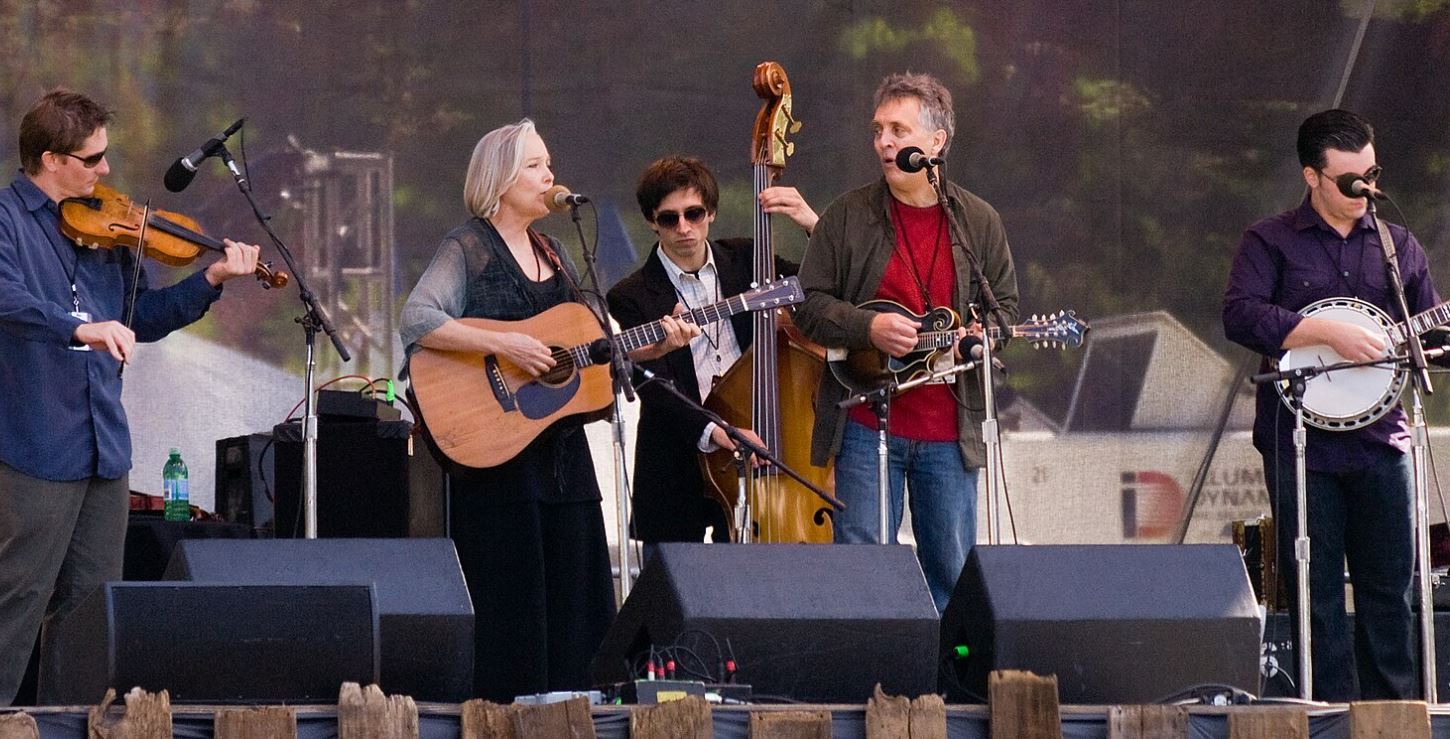
The lineup isn’t just packed with big names. Many Bay Area artists are invited to play alongside national acts. In 2020, when the live music world shut down, the festival helped struggling performers by offering over $1.5 million in relief grants. Local nonprofits and community programs also benefit from ongoing support. It showed how music festivals can play a deeper role in the community beyond just entertainment on a stage.
7. Created a Generational Tradition
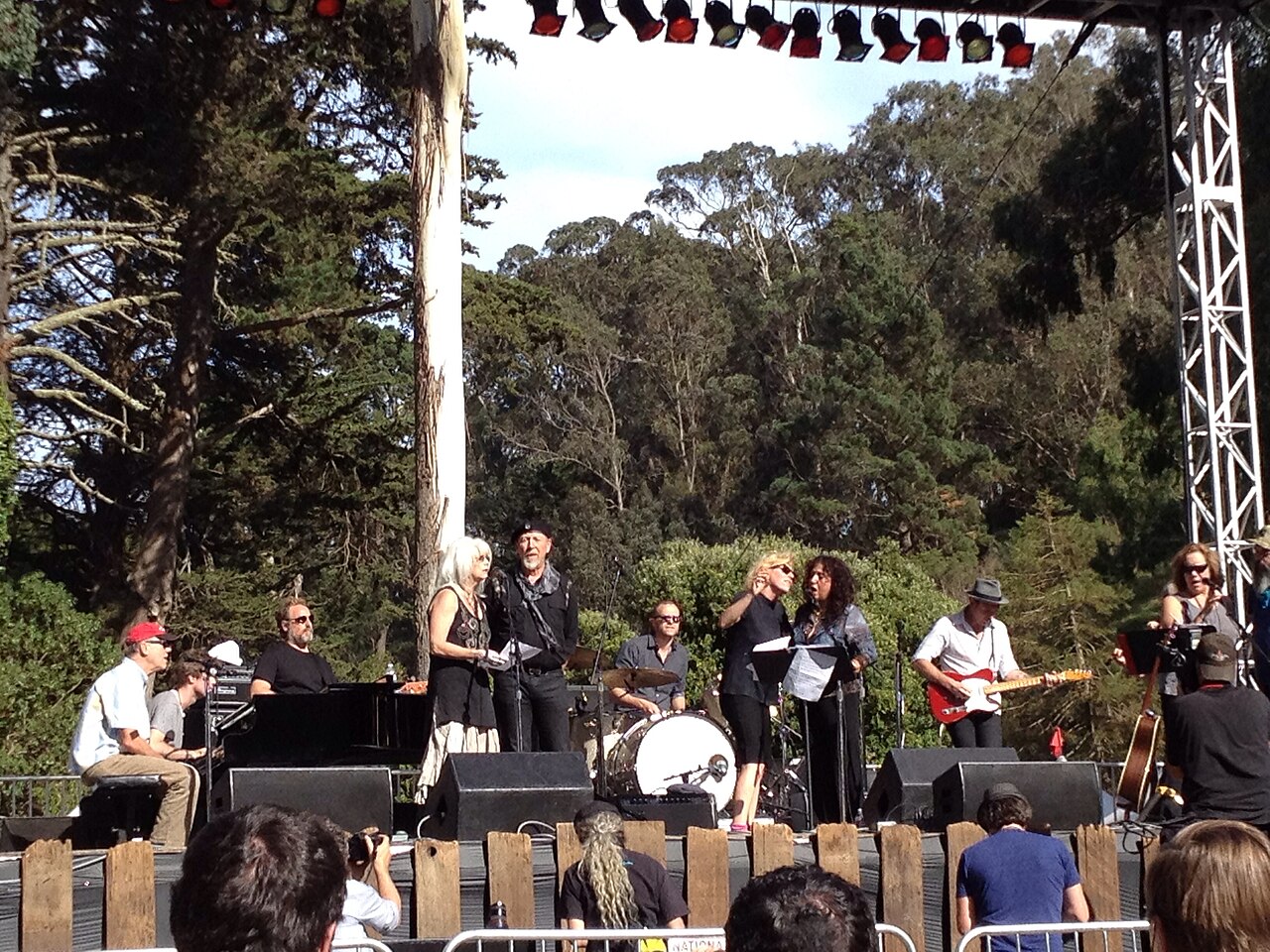
Hardly Strictly is more than a weekend concert. For many families, it’s a yearly tradition. Teens, parents, and grandparents often attend together. The setting in Golden Gate Park makes it easy for people to bring picnic blankets, snacks, and even kids. The mix of artists appeals to a wide range of ages. Over time, this has helped connect generations through music, offering shared experiences that go beyond just listening to a playlist or watching a video online.
8. Built a Unique Cultural Identity for the City
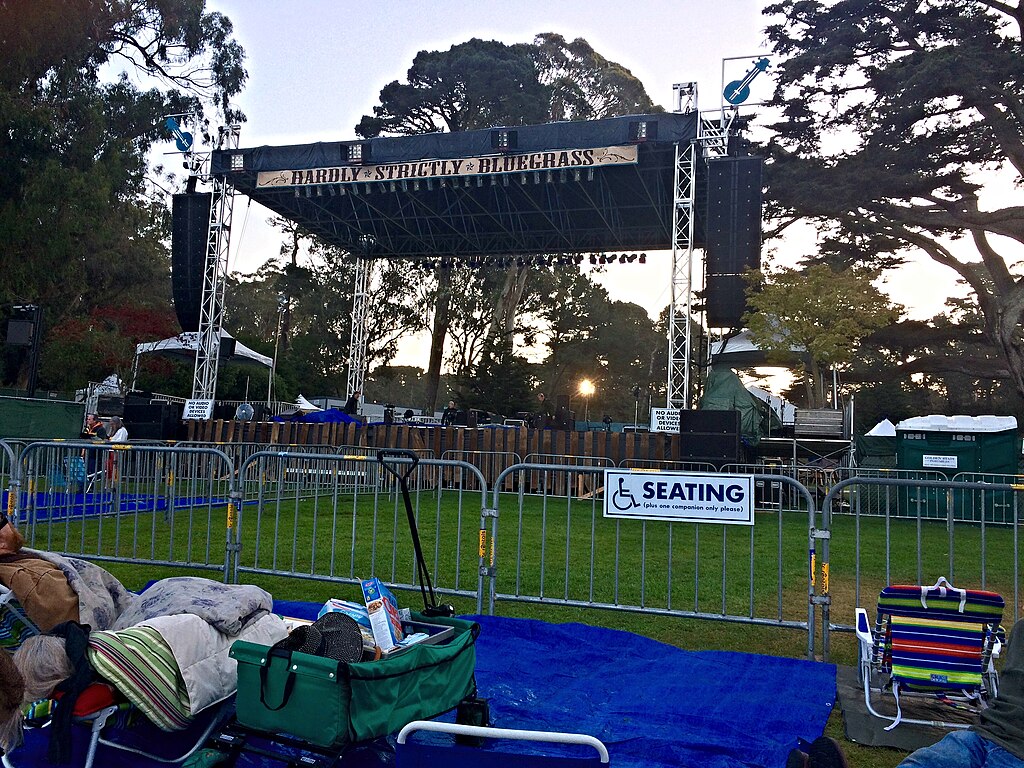
San Francisco is known for innovation, diversity, and free expression. Hardly Strictly reflects all those values. It brings together artists from different backgrounds and invites thousands of fans to celebrate music without barriers. The festival feels rooted in the city’s spirit. Each October, the sounds of guitars and fiddles echo through the park, reminding everyone why San Francisco has always been a place where art and community come together.
